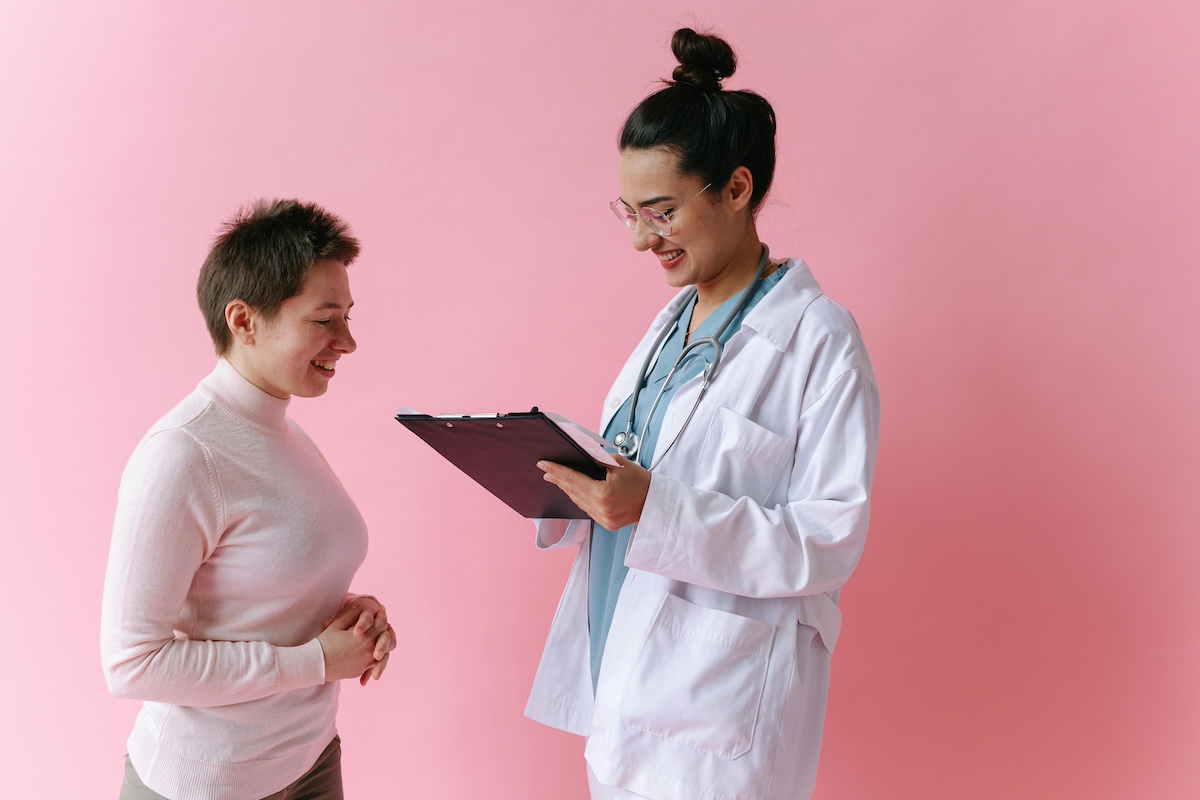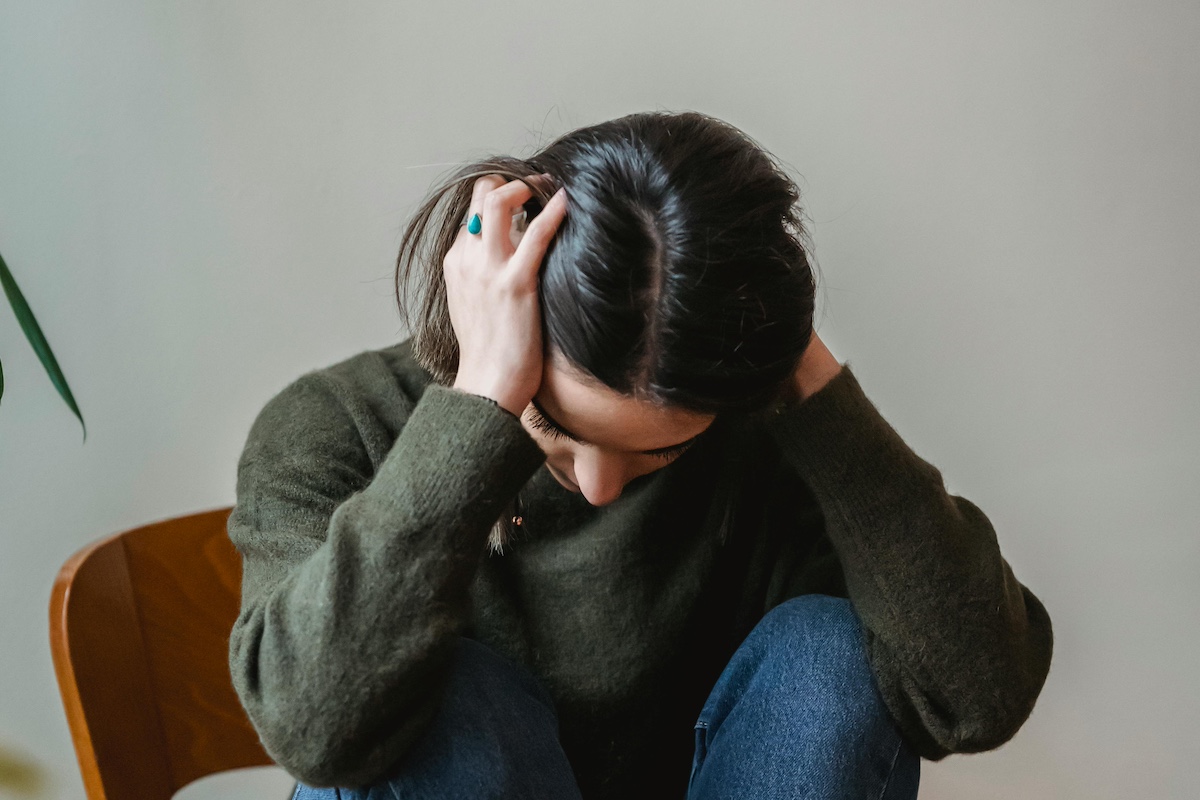Recently a patient and I were discussing whether she might benefit from hormone replacement therapy (HRT). She was having hot flushes and night sweats and her sleeping was disrupted. We decided HRT might help her feel better. She expressed a preference for the most natural options, and she asked to consider bioidentical hormones.
The patient had friends who had used bioidentical hormones, and she sheepishly admitted she had been reading about them online (patients often worry I will be upset about their internet reading, but I find when patients have done a little reading in advance, it can be helpful, as long as they keep an open mind about how to proceed). She wanted to know: were they truly more natural and were they safer? She knew bioidentical options were expensive, but she was willing to spend the money if I thought there were benefits.
The popularity of bioidentical hormones has soared since the Women’s Health Initiative (WHI) studies were published more than 20 years ago. They have been promoted as a safer, more natural option for relieving perimenopausal symptoms. But what exactly are bioidentical hormones, and are they really better than estrogen in a patch or gel off the shelf at your pharmacy?
What are bioidentical hormones?
Technically, a bioidentical hormone is one that is chemically exactly the same as the hormone that your body produces. But in practical terms, bioidentical HRT refers to custom-compounded creams that contain estrogen — typically estradiol and also sometimes estriol, which we will get to in a moment — often along with progesterone, testosterone, and a few other less well-known hormones. The doses of the component hormones are adjusted based on frequent testing of blood levels of the hormones for each individual. For the sake of clarity, we will refer to this type of HRT as compounded HRT.
To understand how the estrogens in compounded HRT are different (or not) from those in conventional HRT, I think it is helpful to know about the estrogens used in conventional HRT. There are two types. The first, conjugated equine estrogens (CEE), are isolated from the urine of pregnant horses and are used in formulations like Prempro. CEE is the type of estrogen used in all the WHI studies.
The second type of estrogen, estradiol — sometimes called 17β-estradiol, or 17-beta-estradiol — is created by chemically modifying estrogen-like substances extracted from plants. It is the estrogen found in estrogen patches and gels. This is the type of estrogen used in compounded HRT.
All estradiol is bioidentical in that it is structurally the same estrogen as our ovaries make. The process used to convert plant extracts into estradiol is the same whether we are talking about commercially produced patches and gels or estradiol used in compounded HRT.
What is estriol and is it important?
One of the most common brands of estradiol used in compounded HRT is Bi-Est. As the name suggests, Bi-Est contains two types of estrogen: a plant-derived estradiol like we discussed above and estriol.
Estriol is a form of estrogen best understood for its role in pregnancy. In fact, it is the main form of estrogen the body makes during pregnancy. Outside of pregnancy, its role is poorly understood, but it seems to be effective in treating perimenopausal symptoms and may cause fewer side effects like increased growth of the uterine lining and vaginal bleeding.
Estriol is best studied as a cream or suppository given vaginally, not in a transdermal cream like most compounded HRT. Right now it is not approved by the FDA for any indication, so there are no off-the-shelf forms of estriol available in the U.S. at this time. It is only available from compounding pharmacies. In Europe, estriol is widely available as oral pills, vaginal creams and vaginal suppositories.
Are compounded bioidentical formulations effective?
A Cochrane review of the safety and effectiveness of bioidentical hormones used to treat perimenopausal symptoms looked at data from 23 randomized controlled trials. In most of the trials included in the review, estradiol was given in commercially available patches and gels. Only one of the included studies compared estradiol in a compounded emulsion to a placebo. That study found no difference in symptoms between the treatment group and the placebo group, but the authors note that the quality of the data was poor.
In another randomized controlled trial, researchers assigned 40 women HRT in one of three doses of Bi-Est in a compounded cream or an estradiol patch (Vivelle-Dot) in a comparable dose. They measured estradiol and estriol levels in the women’s blood before and after starting HRT.
They found that estrogen levels in the women receiving Bi-Est were consistently and statistically significantly lower than the women receiving estradiol via patch. Estriol levels did not change at all in any of the groups. This suggests that Bi-Est is less efficient at raising estrogen levels, but the study did not focus on how well the products managed the women’s perimenopausal symptoms.
What is the difference between off-the-shelf and compounded medications?
In the United States, medications available at your regular pharmacy must be approved by the FDA (there are analogous agencies in other countries). Beyond just looking at the data regarding the safety and efficacy of a medication, the FDA sets and enforces standards for quality control and manufacturing processes. The goal of these standards is to be sure that when you pick up your prescription at the pharmacy, it is exactly the same as what the label says it is, regardless of where you are and where it was manufactured.
Compounded medications and compounding pharmacies are not subject to these regulations. In fact, the regulation of compounding pharmacies and the safety and quality of the product they are required to produce varies widely depending on where the pharmacy is licensed. It is difficult to know if the compounded product you receive contains the medication and dose it is supposed to.
The other big difference between off-the-shelf medications and compounded medications is cost. Prescription drug coverage under your insurance plan typically covers prescription drugs for the indication for which they were approved by the FDA. It does not typically cover the cost of compounded medications. Compounded HRT can cost upward of $500 for a one-month supply. Depending on your insurance, a generic estradiol patch may cost you just a few dollars per month.
Ultimately, the estradiol in compounded HRT is not safer, more natural, or more effective than the estradiol available at your regular pharmacy in patches and gels, because the estradiol in both products is chemically the same. The two most common estrogens found in compounded HRT have been shown to be safe and effective in managing perimenopausal symptoms. But compounded HRT is typically more expensive than off-the-shelf options and is not subject to the same quality controls. If you do decide to try a “bioidentical” compounded product, be sure to work with your doctor to find a reputable compounding pharmacy.
















Log in